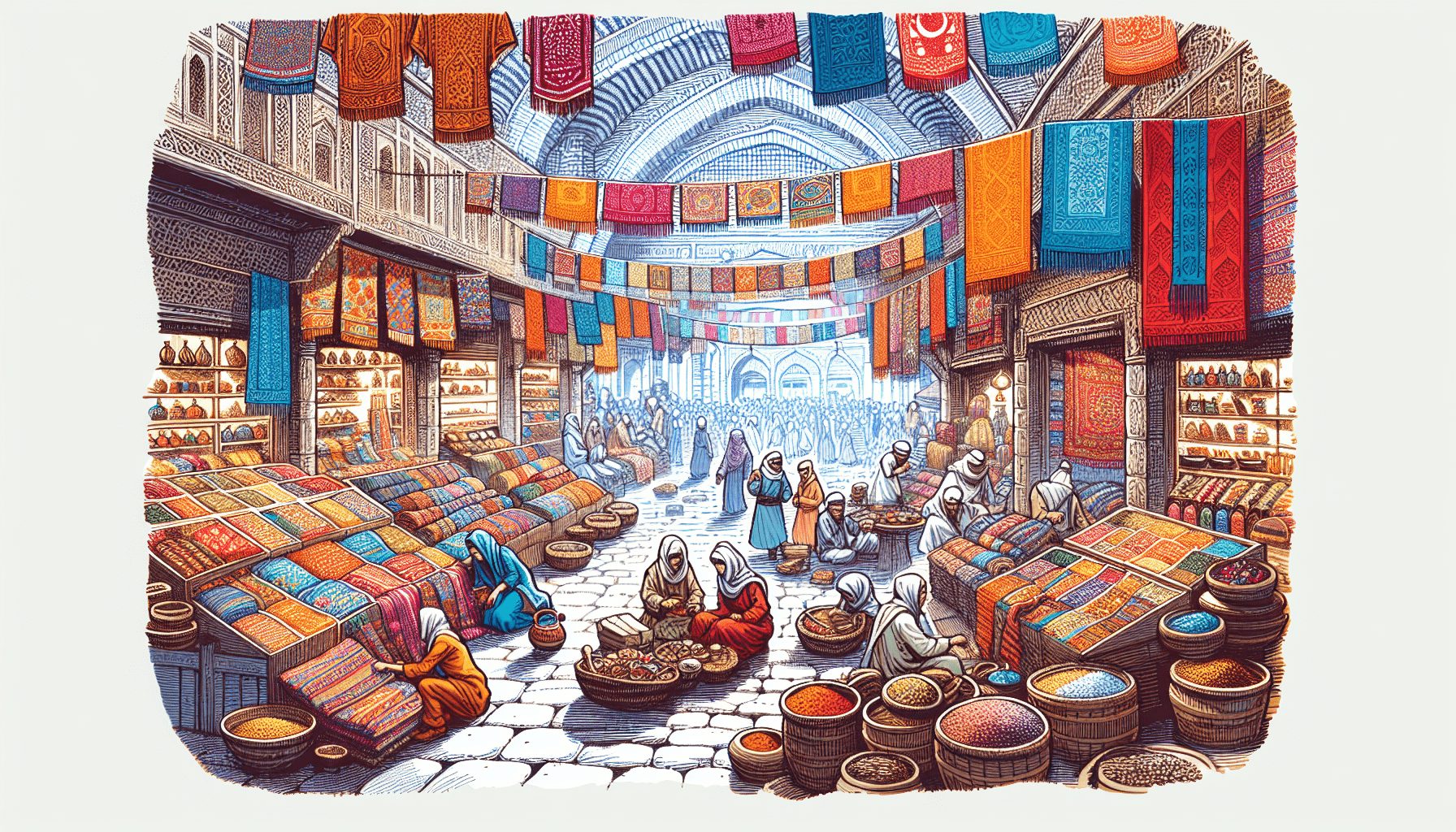Welcome to an exciting journey exploring the influence of the historic Silk Road on the development of Turkish cities. The Silk Road, an ancient trade route connecting the East and West, played a significant role in shaping the cultural and architectural landscape of Turkey. Join us as we delve into the rich history and discover how this trading route has left a lasting imprint on the cities of Turkey, creating a unique blend of traditions and influences. From Istanbul to Izmir, Antalya to Ankara, let’s uncover the fascinating impact of the Silk Road on the vibrant cities of Turkey. Have you ever wondered about the impact of ancient trade routes on modern-day cities? In this article, we will delve into the fascinating role of the Silk Road in shaping Turkish cities like Istanbul, Ankara, and Izmir. From the architectural influences to the cultural exchanges, let’s explore how this historic trade route has left its mark on the urban landscape of Turkey.

